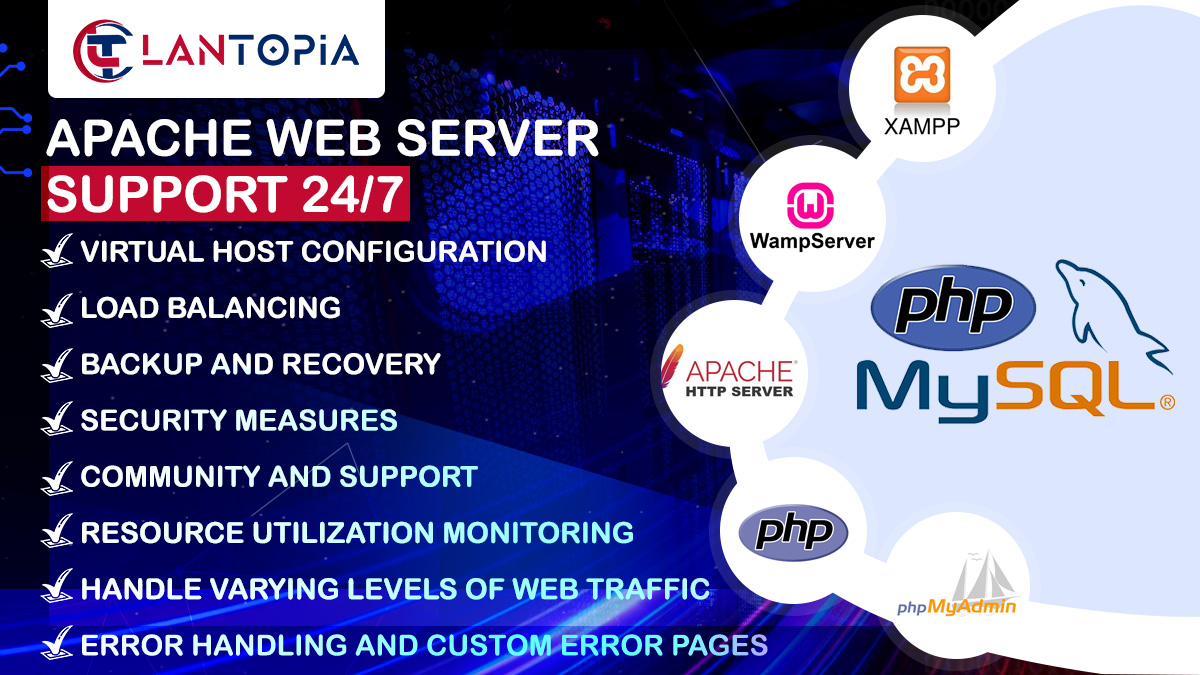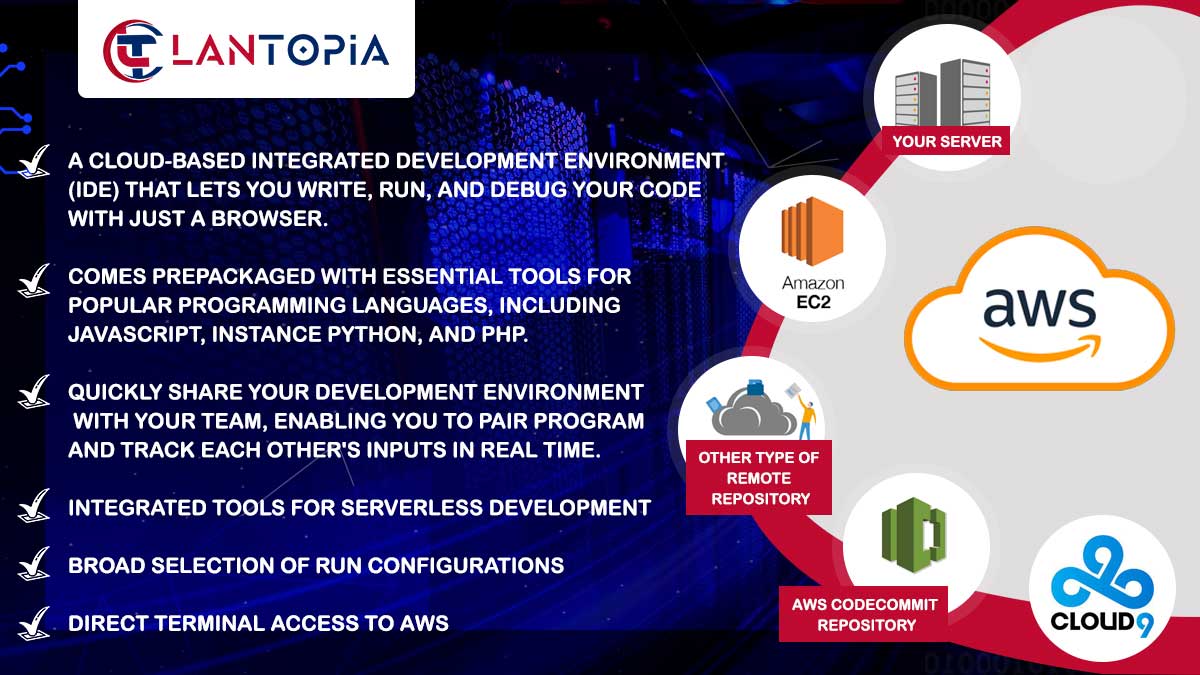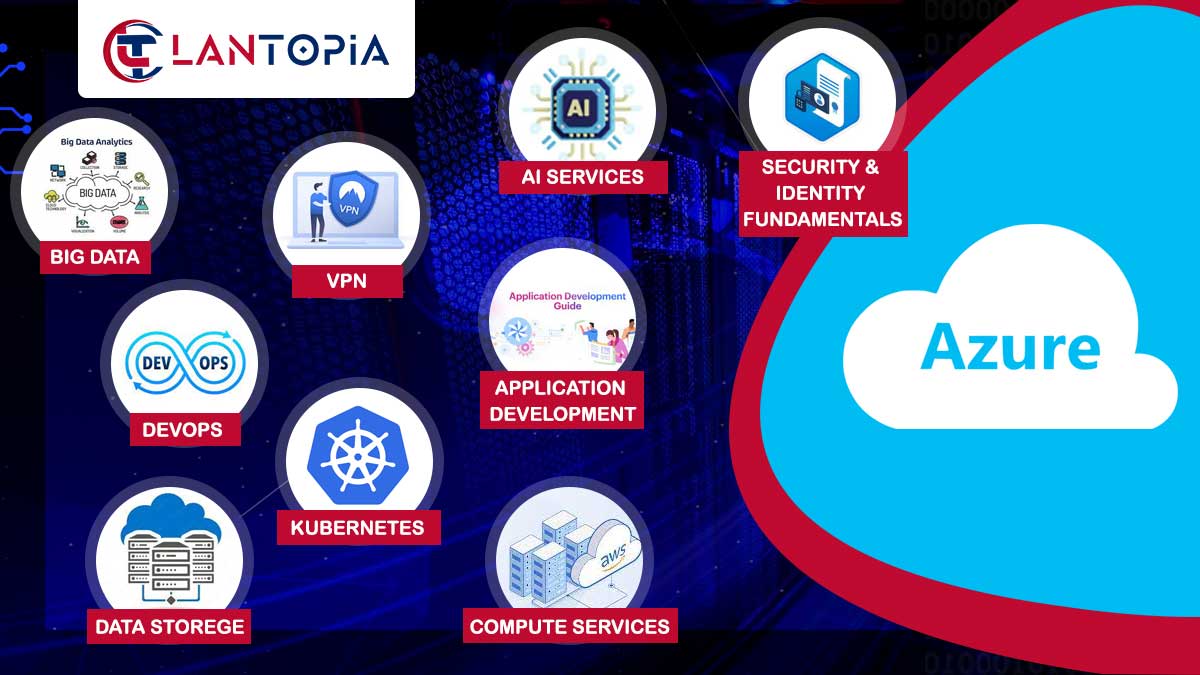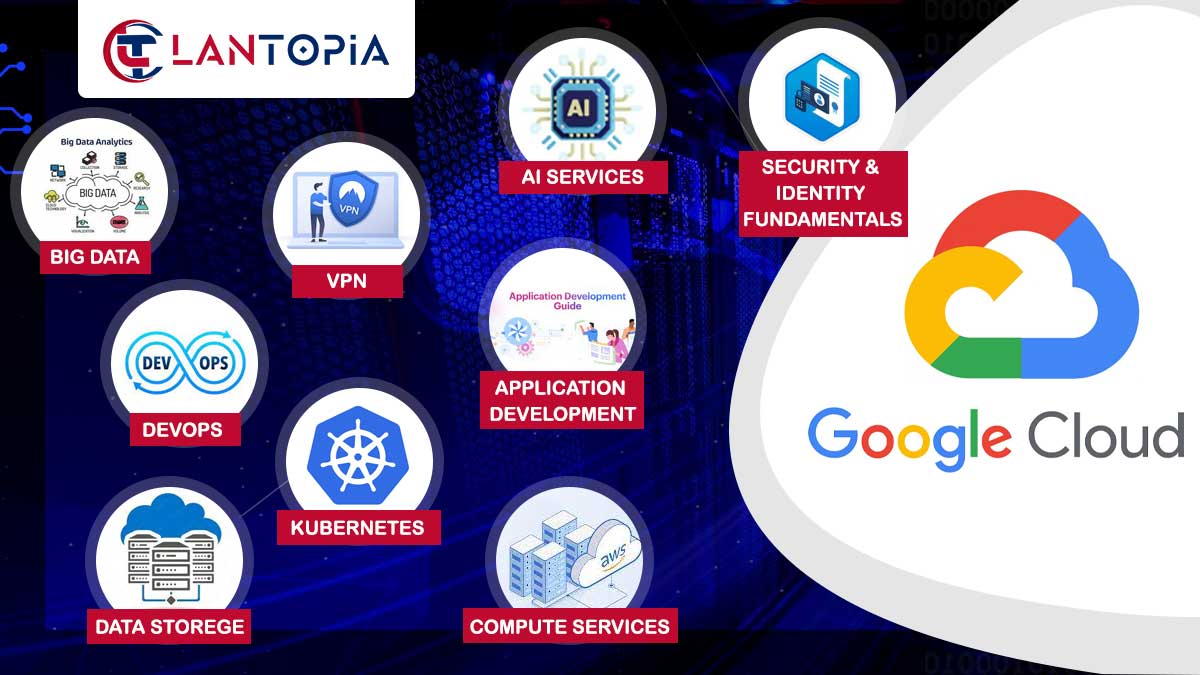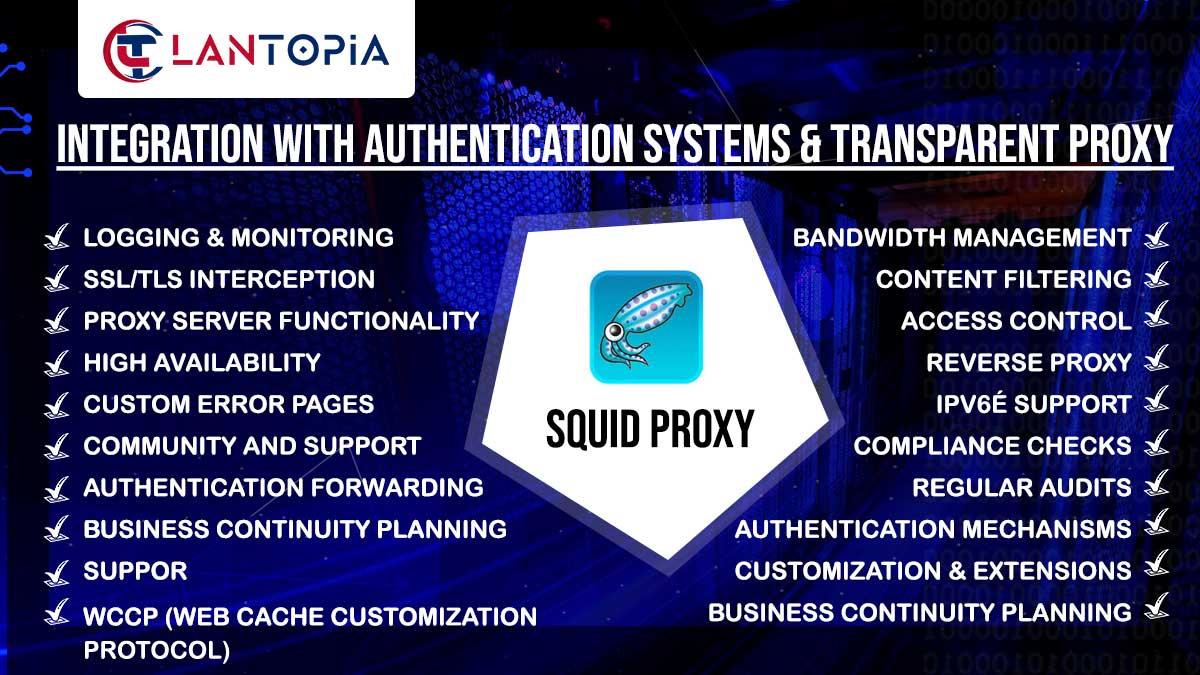- Virtual Host Configuration, Load Balancing & Access Control
- Error Handling and Custom Error Pages, Backup and Recovery
- Collaboration with Development Teams & Security Measures
- Resource Utilization Monitoring, Community and Support
What can you expect to pay? We believe in being up-front with our prices as we respect our customers.
- Remote services are billed at $50/hr
- On-site services are $100/hr with a travel fee of $100 per visit
- A monthly retainer starts from $500 which accounts for 15 remote hours of support. This adds 50% bonus support hours for free and is the most economical and preferred by our customers.
What can you expect to get?
Dedicated IT professional with deep knowledge of the technologies needed to help your business. Recommendations on best practices. Fast turnaround and highest quality work with a proven track record.
We guarantee satisfaction or your money back.
Web Server Performance
- Optimize Apache configuration for high-performance web serving
- Fine-tune server parameters to handle varying levels of web traffic
Virtual Host Configuration - Implement virtual hosts to host multiple websites on a single Apache instance
- Configure separate virtual hosts for each domain or application
SSL/TLS Encryption - Enable SSL/TLS encryption to secure data transmission
- Configure Apache to support HTTPS for secure connections
Load Balancing - Implement load balancing to distribute incoming web traffic across multiple servers
- Enhance scalability and availability with load balancing configurations
Reverse Proxy - Use Apache as a reverse proxy to forward requests to backend servers
- Enhance security by hiding backend server details from external users
Caching Strategies - Implement caching mechanisms to store and serve frequently requested content
- Optimize caching policies for static and dynamic content
Content Compression - Enable content compression to reduce the size of transmitted data
- Improve page loading times for users with slower internet connections
Security Measures - Implement security best practices for Apache configurations
- Regularly update Apache software to address security vulnerabilities
Logging and Monitoring - Configure logging to capture relevant information about web server activities
- Integrate with monitoring tools to track server performance and detect issues
Access Control: Set up access controls to restrict access to specific directories or resources. Implement authentication mechanisms for secure access.
Regular Updates and Patching: Keep Apache software up to date with the latest releases and security patches. Mitigate vulnerabilities and ensure a secure web server environment.
Error Handling and Custom Error Pages: Configure custom error pages to provide a consistent user experience. Include relevant information and guidance for users encountering errors.
High Availability (HA): Implement high availability configurations for Apache. Set up failover mechanisms to ensure uninterrupted service. IPv6 Support: Ensure Apache configurations support IPv6 addressing. Make web services accessible to users on IPv6 networks.
Authentication Methods: Choose appropriate authentication methods, such as basic, digest, or OAuth. Secure access to web resources based on user credentials.
Integration with Content Delivery Networks (CDN): Integrate Apache with Content Delivery Networks for efficient content distribution. Improve global content delivery and reduce latency for users.
Directory Structure and Organization: Maintain an organized directory structure for web content. Follow best practices for organizing configuration files and logs.
Development and Staging Environments: Set up separate development and staging environments for testing configurations. Test changes thoroughly before applying them to the production environment.
Collaboration with Development Teams: Collaborate with development teams to optimize Apache configurations for applications. Ensure alignment with application deployment and performance requirements.
Docker and Containerization: Explore containerization options, such as Docker, for Apache deployments. Facilitate consistent and portable deployments across environments.
Documentation: Maintain comprehensive documentation for Apache configurations and setups. Document best practices, troubleshooting steps, and customizations.
Compliance and Security Audits: Conduct regular security audits to assess Apache configurations. Ensure compliance with security standards and best practices.
Community and Support: Engage with the Apache community and forums for support and knowledge sharing. Explore commercial support options for critical production environments.

